The content of the article
Since ancient times, people use eggs of birds. Most often in the refrigerators are chicken. But diet quail also came into fashion. Duck and goose are well suited for baking. The exotic ostrich pleases the eye, striking in its size. The restaurants are ready to offer dishes even from eggs of turtles and crocodiles.
Today we will talk about the product, which is almost 96-97% absorbed by the human body. It is eaten boiled, fried and raw. The composition of many dishes also include eggs: salads, pastries, minced meat, desserts, creams.
Chicken egg is rich in vitamins, amino acids and trace elements necessary for the functioning of the human body. The composition includes potassium, calcium, phosphorus, magnesium, iron, iodine, and almost the entire list of vitamins.
This product helps to improve blood circulation, protects our eyes from diseases, strengthens the immune system.
Egg damage
The product is contraindicated for people with diabetes, obesity, as well as individual intolerance, allergies to it. There is a risk of getting sick with salmonella if you eat raw eggs. But a stale, damaged product can do the most harm. Such eggs will give the dishes an unpleasant odor, color, taste, and will also cause poisoning.
Selection and storage
To determine by eye how long a chicken laid an egg is almost not possible, not everyone has a special device, such as an ovoscope, and checking with a flashlight in the store will look ridiculous and ridiculous. Although there is one way to visually determine egg freshness. Remember, color and size do not affect the quality. An egg will be fresh if its shell is dull, clean and without any damage (even a small crack indicates deterioration).
When shopping in a store, pay attention to the labeling. Manufacturers put on the shell a stamp indicating which category the egg belongs to. Dietary eggs are marked with a red stamp with the date of manufacture, as well as varietal label.Such a product must be purchased in a seven-day period.
Eggs older than this period belong to canteens, which have their own labeling:
- "O" - selective, large;
- "1" - medium;
- "2" - small eggs.
Store the product at a temperature of 5 to 8 degrees with a plus sign, not more than one month.
Storage Rules:
- Storage should not be wet.
- Wash eggs before use.
- Strong-smelling products should not be stored nearby.
- Putting eggs in the tray is recommended with a sharp end down.
Methods for determining egg freshness
When you come home, you can easily determine how fresh the egg is.
The first way: the most common and almost accurate. With the help of ordinary water, we learn not only freshness, but how long an egg has been “made”. For the home examination, you must take a glass or some other transparent container, as well as cold water. To lower the purchased product into the liquid and by its position we determine the degree of freshness. A weekly egg will lay horizontally on the bottom of the container, over 10-14 days it will lift its blunt end by 45 degrees, stored for more than two weeks will hang in this position in the middle of the glass. Float to the surface - it is best to dispose of as soon as possible.
Some chicken egg experts recommend using concentrated brine to test freshness. The figures remain the same.
The second way: definition of freshness using a light source. A lamp or even sunlight is suitable for testing. A rather fresh egg will appear through, and the old one will not, or dark areas will be visible in it.
The third way: carried out using an ultraviolet lamp (who has it at home). It is necessary to direct the light on the tray with this product. Fresh eggs will glow bright red light, spoiled become pale lilac.
Fourth way: It helps to check not only the freshness of the product, but also the hearing. Between the shell and the bag with protein and yolk, there is a small cavity with air. The longer the egg is stored, the larger this cavity becomes. To check, you need to bring the product to your ear and shake. From the fresh egg will not emit any sounds, but stale - will be plop. This method can be used in the store and on the market.
Fifth way: apply if the egg is not necessary to cook in the shell. For examination it is necessary to take a flat plate or saucer.Sometimes they say that you can even use a griddle. But in this case the proverb might work: "A fly in the ointment spoils a barrel of honey." So, one rotten egg spoils not only the previously tested eggs, but spoils the whole dish, and the mood too. Therefore, it is best to check the product in a separate container one by one. After breaking an egg, look at its structure. A fresh one will have a clear white sticking around the yolk. The yolk itself must be elastic, highly rounded. If the protein is cloudy, spreads out on a plate, and the yolk has a not so thick consistency, then you have a spoiled egg. This will speak unpleasant pungent smell. This product is not suitable even as an auxiliary ingredient for dishes.
When buying eggs in retail outlets, do not forget about the recommendations for determining the freshness and rules of storage. Let dishes with this product benefit and delight you and your loved ones.
Video: how to check eggs for freshness

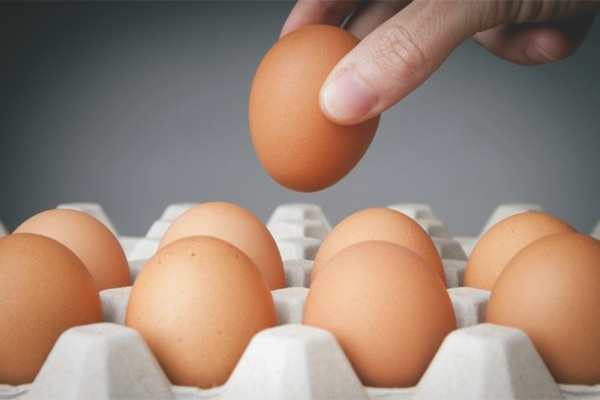





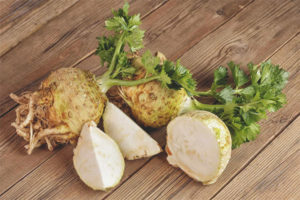

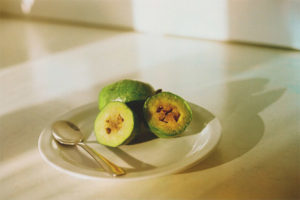

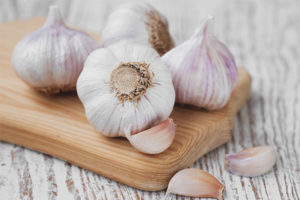
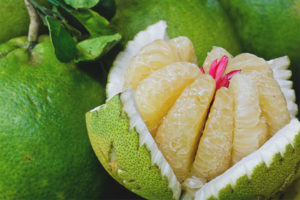
To send